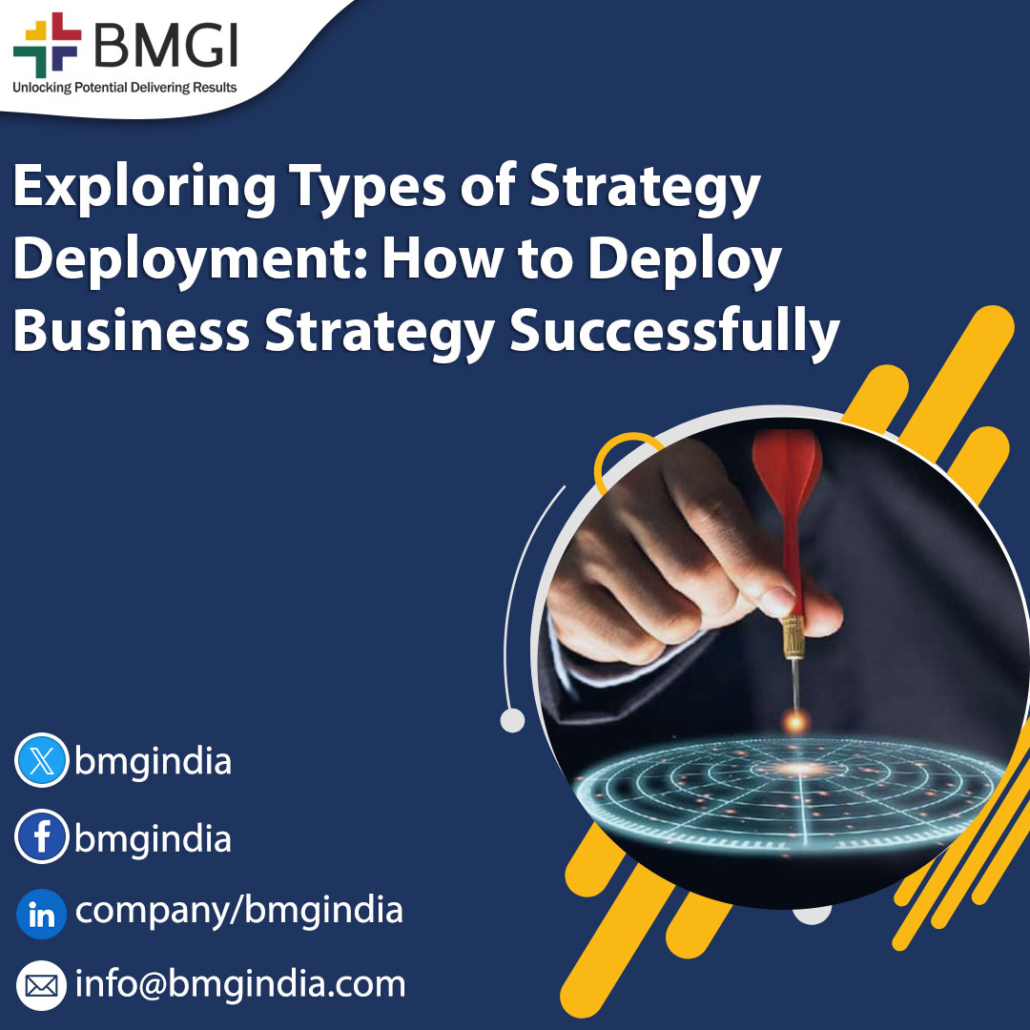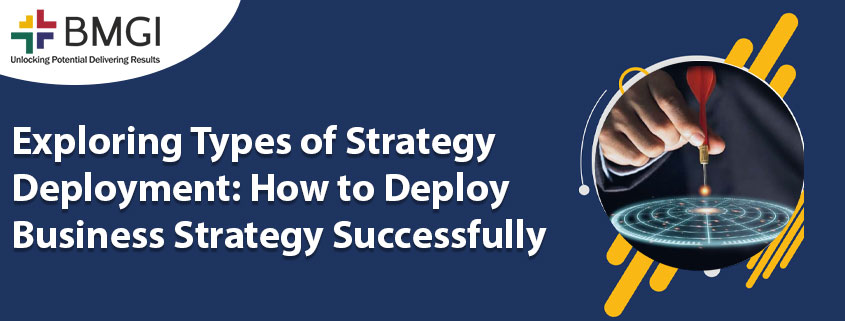Exploring Types of Strategy Deployment: How to Deploy Business Strategy Successfully
In the business world, having a well-formulated strategy is just the beginning. The real challenge lies in deploying that strategy effectively across all levels of an organization. Strategy deployment is the process that translates an organization’s vision into actionable tasks, ensuring that every part of the business is aligned with the overall goals. Even the most brilliant strategies can fail to deliver results without proper deployment. This article delves into the importance of strategy deployment, explores various methods for successful implementation, and discusses the tools that can facilitate this crucial process.

Importance of Strategy Deployment for Business Growth
Strategy deployment is the critical link between the strategic planning phase and the actual execution of that plan. It ensures that every department, team, and individual in the organization is working toward the same objectives. Strategy deployment creates a cohesive and focused environment where everyone understands their role in achieving the company’s goals.
Proper deployment prevents misalignment and miscommunication, which are common barriers to growth. It allows businesses to translate their strategic goals into specific actions, making tracking progress and making necessary adjustments easier. Strategy deployment is about turning vision into reality and ensuring business growth is not left to chance but results from deliberate and coordinated efforts.
Different Types of Strategy Deployment
There are several methodologies for strategy deployment, each with its strengths. Understanding these approaches can help organizations choose the best that best suits their needs.
- Hoshin Kanri: Known as Policy Deployment, Hoshin Kanri is a method that aligns company goals with activities at every level of the organization. It emphasizes the importance of long-term objectives and the detailed steps needed to achieve them. This method ensures that strategic goals are communicated and understood across the organization, leading to better alignment and execution.
- Balanced Scorecard: This approach divides strategy into four perspectives—financial, customer, internal processes, and learning and growth. The Balanced Scorecard helps organizations maintain a balanced approach to strategy deployment by addressing all critical areas. It also provides a framework for monitoring and measuring progress across different aspects of the business.
- OKRs (Objectives and Key Results): OKRs are a popular framework for setting and tracking organizational goals. They involve defining clear objectives and key results that are measurable and time-bound. OKRs help ensure that everyone in the organization is focused on the same strategic priorities and that progress can be easily tracked.
Conclusion
Deploying a business strategy successfully is just as important as the strategy itself. By understanding the importance of strategy deployment, exploring different methodologies, and using the right tools, organizations can ensure that their strategy leads to sustained growth and success. BMGI India, with its expertise in strategy deployment consulting, can assist organizations in navigating this complex process, ensuring that their strategies are implemented efficiently and effectively, ultimately driving long-term business success.


Leave a Reply
Want to join the discussion?Feel free to contribute!